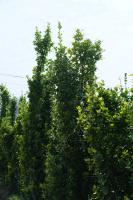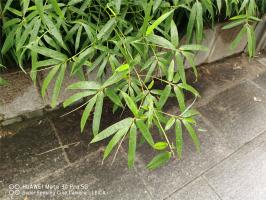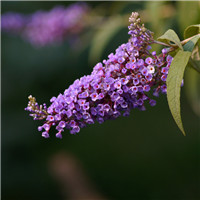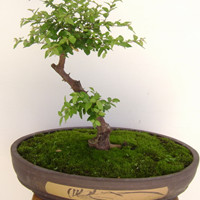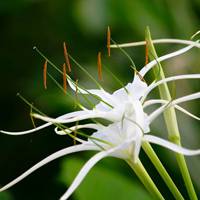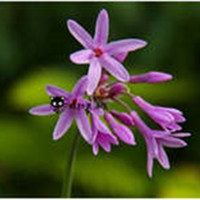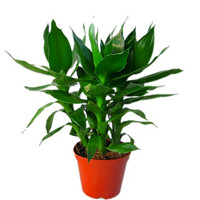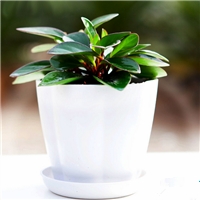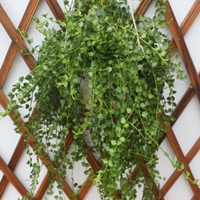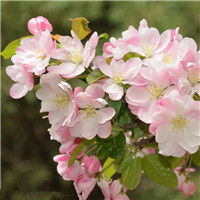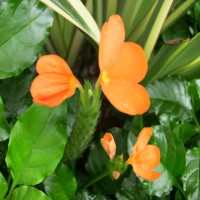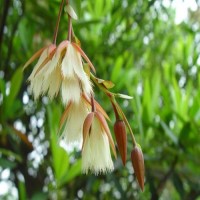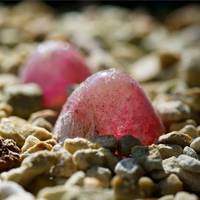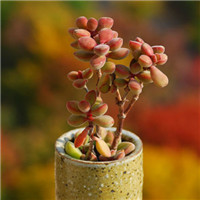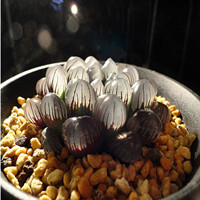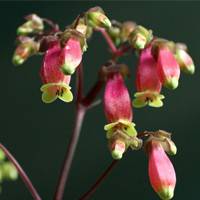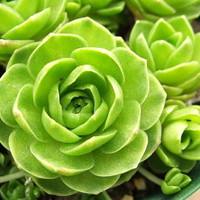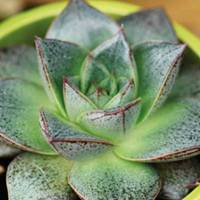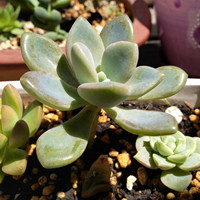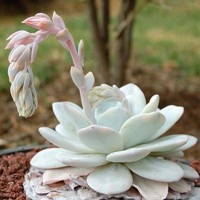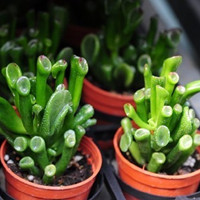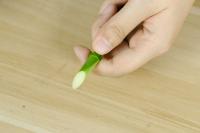What鈥檚 Troubling My Mint Plant?
Introduction
Mint is a herbaceous perennial plant, commonly grown for its aromatic leaves. It's easy to care for, but sometimes you may notice that something is bothering your mint plants. If you are wondering what is eating your mint plant, there are a few possibilities.
Common Pests
One of the most common culprits that target mint plants is spider mites. These pests are tiny and difficult to see with the naked eye. They feed on the plant鈥檚 sap and leave behind white or yellow specks on the leaves. Another common pest is the mint aphid. These tiny insects form large colonies, sucking the sap from the plant and distorting its growth. You may also notice holes in the leaves caused by the mint flea beetle or the mint stem borer.
Natural Control Methods
If you want to avoid pesticides, there are some natural control methods you can try. You can start by using a strong stream of water to wash your plants off daily. This method can help get rid of spider mites and aphids. You can also try companion planting to deter pests. Plants such as garlic, chamomile or marigold can help repel spider mites, aphids, and other pests.
Chemical Control Methods
If the problem persists, you can use chemicals to deal with the pests. However, it's important to use an appropriate pesticide to avoid harming beneficial insects such as bees. Be sure to follow the instructions on the label and apply the pesticide during the recommended times. Using an inappropriate pesticide can not only harm beneficial insects but also leave residues on the mint leaves that could be harmful for human consumption.
Diseases
Mint plants may also fall prey to diseases such as powdery mildew or rust. Powdery mildew causes a powdery white coating on the leaves, while rust appears as yellow or orange powdery spots. These diseases weaken the plants and make them less vigorous. If left untreated, the leaves will die, and the plant may eventually die too.
Natural Disease Control
You can try some natural disease control methods such as using milk, baking soda or neem oil. Milk or baking soda can be mixed with water to create a spray for the plant. Neem oil can be sprayed on the plants to prevent powdery mildew or rust. Make sure to follow the instructions carefully when using these methods.
Conclusion
In conclusion, mint plants can fall victim to pests or diseases. If you notice problems with your mint, identify the symptoms to determine the cause. Natural control methods can be used to avoid pesticides, but if the problem persists, chemical control methods may be necessary to get rid of pests. Don鈥檛 forget to protect beneficial insects such as bees. If your mint plants are suffering from diseases, try natural disease control methods first before resorting to chemicals.

 how many times do yo...
how many times do yo...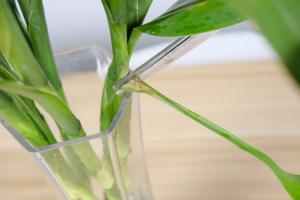 how many planted tre...
how many planted tre...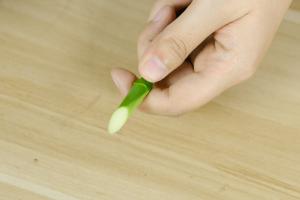 how many pine trees ...
how many pine trees ...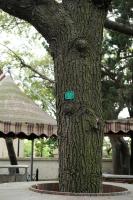 how many pecan trees...
how many pecan trees... how many plants comp...
how many plants comp... how many plants can ...
how many plants can ... how many plants and ...
how many plants and ... how many pepper plan...
how many pepper plan...


